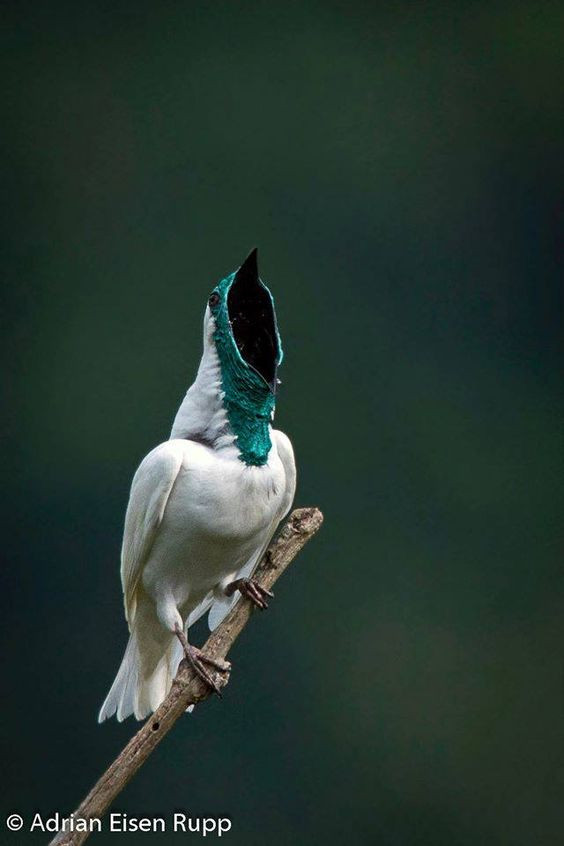
Bassador
USD 400-600 Price Avg.
Designer Dogs
Group
Cross Breed
Breed Type
Large
Size
10-12 years
Lifespan
Breed Information
| Group | Designer Dogs |
|---|---|
| Popularity/Rank | 602 |
| Origin | United States |
| Other Names | Cross between the Basset Hound and the Labrador Retriever.,,Basset Lab,,Basador,,Bassetdor |
| Breed Type | Cross Breed |
| Price (Avg.) | USD 400-600 |
| Size | Large |
| Weight | 45-70 pounds (20-32 kg) |
| Height | 13-20 inches (33-51 cm) |
| Lifespan | 10-12 years |
| Recognized by |
Not recognized by the American Kennel Club. And Not recognized by FCI. |
| Purpose | Companion |
| Date of Origin | 2000s |
| Ancestry | Basset Hound, Labrador Retriever |
Appearance & Maintenance
| Coat | Dense, Short, Thick |
|---|---|
| Coat Colors | Black, Brown, White, White coat with patches of black, brown, or yellow., Yellow |
| Grooming Level | |
| Shedding Level | |
| Eye Color Possibilities | Hazel, Amber, Brown, Blue, Green |
| Nose Color Possibilities | Black, Brown, Liver, Pink, Blue |
| Coat Color Possibilities | Black, Brown, Tan, White, Silver, Red, Blue, Grey, Cream, Fawn |
| Coat Length | Medium |
| Coat Density | Medium |
| Coat Texture | Soft and Fluffy |
| Recommended Brushes | Slicker brush, Pin brush, Undercoat rake, Shedding blade, Grooming mitt, Nail clippers. |
| Brushing Frequency | 2-3 times per week |
Breed Characteristics
| Temperament | Companionable, Loyal, Stubborn |
|---|---|
| Intelligent | |
| Trainability | |
| Playfulness | |
| Sensitivity Level | |
| Affection Level | |
| Social Interaction Required | |
| Barking | |
| Watchdog Ability | |
| Territorial | |
| Biting Force | Low |
| Mouthiness | |
| Impulse to Wander or Roam | |
| Prey Drive | |
| Adaptability | |
| Tolerates Being Left Alone | |
| Fighting Dog | Not really |
Good & Friendly with
| Apartment Life Friendly | |
|---|---|
| Stranger Friendly | |
| Kid-Friendly | |
| Cat Friendly | |
| Dog Friendly | |
| Office Friendly | Yes |
| Senior Citizens Friendly | |
| Pet Friendly | |
| Friendly with First Time Owners | Yes |
| Service Dog | Not really |
| Therapy Dog | Not really |
| Detection, Sniffer or Security Dog | Not really |
| Search and Rescue Dog (SAR) | Not really |
| Boat Dog | Not really |
| Cart Pulling or Drafting Dog | Not really |
Health Elements
| Health Issues | |
|---|---|
| Health Problems | Back Issues, Bloat, Glaucoma, Hip Dysplasia |
| Hypoallergenic | Yes,,No |
| Energy Level | |
| Exercise Required | |
| Sleeping Required | |
| Weight Gain Potential | |
| Weather & Climate | Tolerates warm and cold weather. |
| Stinkiness | Medium |
| Drooling tendency | |
| Activity Level | Moderate |
| Rec. Walk Mileage Per Week | 10 miles |
| Minutes of Activity Per Day | 30-60 minutes |
Food & Costing
| Avg. Daily Food | 4 to 5 cups of high-quality dry food a day, divided into two meals. |
|---|---|
| Cups Per Day | 2.5 cups |
| Daily Cost | $10-$20 |
| Monthly Cost | $50-$100 |
Reproducibility
| Gestation Duration | 60-64 days |
|---|---|
| How often can the Bassador have a litter? | Once a year. |
| Litter Size | 6-10 puppies (Once a year.) |
Description
The Bassador dog is a hybrid breed that is a cross between the Basset Hound and the Labrador Retriever. This breed has become increasingly popular in recent years due to its friendly and loyal nature. The Bassador has a unique appearance, with its short legs, long body, and floppy ears. It also has a thick coat that can come in various colors such as black, brown, white, or yellow.
When it comes to size and weight, the Bassador is considered to be medium-sized. They typically weigh between 40-60 pounds and stand at around 15-20 inches tall at the shoulder. The lifespan of this breed is usually around 10-12 years when properly cared for.
The personality of the Bassador dog is one of its most attractive features; they are known for being loyal companions who are eager to please their owners. They are also very intelligent dogs who love to learn new things and can be easily trained with patience and consistency.
Bassadors are generally friendly with other dogs, children, and other animals if they have been socialized properly from an early age. They do not tend to bark excessively but may become protective if they feel threatened or uncomfortable in certain situations.
The temperament of this breed is generally calm but alert; they make great watchdogs as they will bark when something unusual happens but will not become overly aggressive or territorial unless provoked by another animal or person.
When it comes to health issues, the Bassador dog does not have any major health concerns associated with it; however regular vet checkups should still be done in order to ensure your pet remains healthy throughout their life span.
The adaptability level of this breed is quite high; they do well in both urban and rural environments as long as there is plenty of space for them to run around in safely without getting into trouble! The benefits of having a Bassador dog as a pet include their loyalty towards their owners, intelligence level which makes them easy to train, low maintenance grooming needs due to their short coat length, and overall friendliness towards people and other animals alike!
History
The Bassador is a breed of dog that was developed in the 1980s. The breed was created by crossing the Basset Hound and the Labrador Retriever. The Bassador is a large breed of dog, with males weighing up to 100 pounds and females weighing up to 80 pounds. The Bassador is a gentle and loving breed of dog, and is known for being good with children. The Bassador is also known for being an excellent hunting dog.
The Bassador breed nearly became extinct in the early 2000s. This was due to a lack of interest in the breed and a lack of breeding stock. However, the breed has made a comeback in recent years and is now once again popular.
The ancestry of the Bassador can be traced back to the Basset Hound and the Labrador Retriever. The Basset Hound is a French hunting dog that was first bred in the 1800s. The Labrador Retriever is an English hunting dog that was first bred in the 1700s. The Bassador was recognized as a separate breed by the American Kennel Club in 2013.
The Bassador is recognized as a separate breed by the American Kennel Club, but it is not yet recognized by all kennel clubs around the world. However, this is likely to change in the future as more people become aware of this wonderful breed of dog.






